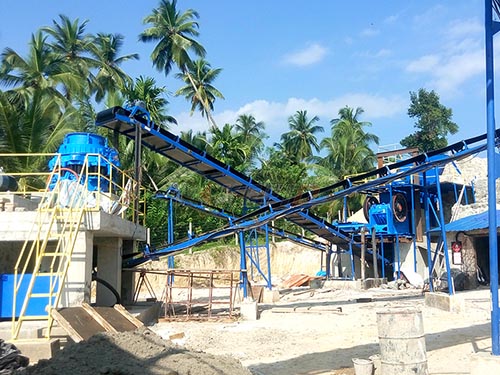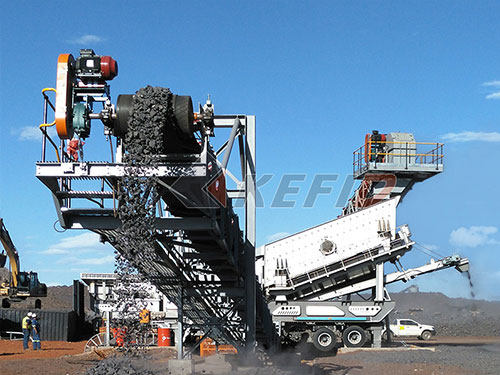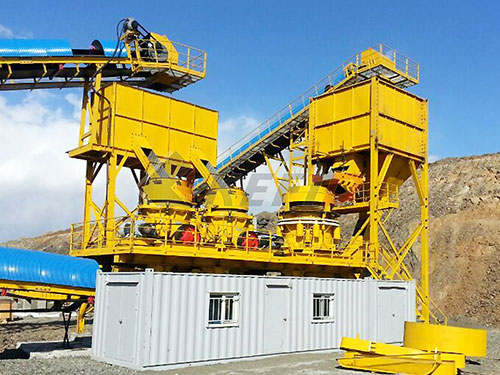The Granite Gambit: Navigating Total Plant Costs for Crushing Success in Colombia
Colombia’s landscape is being reshaped, quite literally. From the soaring Andes to burgeoning coastal cities, the demand for construction aggregates – the literal bedrock of infrastructure development – is surging. Granite, prized for its durability and aesthetic versatility, stands as a cornerstone material for concrete, asphalt, road bases, and architectural elements. For entrepreneurs and established companies eyeing this lucrative market, establishing or expanding a granite crushing operation is a strategic imperative. However, the pivotal question often revolves around cost: What is the total price for a used granite crusher plant in Colombia?
The answer, inevitably, is complex and multifaceted. Unlike purchasing a simple piece of machinery, acquiring a complete used crushing plant involves navigating a labyrinth of variables that significantly impact the final investment figure. This comprehensive guide delves deep into these factors, providing crucial insights to empower informed decision-making for your Colombian granite venture.
Understanding the Core: The Used Crushing Plant Ecosystem
A functional granite crushing plant is far more than just a crusher. It’s an integrated system where each component plays a vital role:

1. Primary Crusher: The workhorse tackling large raw granite blocks (often 600mm – 1000mm). Jaw crushers dominate here due to their robustness and ability to handle abrasive materials.
2. Secondary Crusher: Further reduces material size from primary output (typically 150mm – 300mm) to intermediate sizes (20mm – 70mm). Cone crushers are most common for granite due to their efficiency in producing cubical aggregates.

3. Tertiary Crusher (Optional but often beneficial for granite): For producing high-quality, precisely sized final products (e.g., sand, chip sizes like 5-10mm, 10-20mm). Vertical Shaft Impactors (VSIs) excel here by shaping aggregates through rock-on-rock or rock-on-anvil crushing.
4. Screening Equipment: Vibrating screens are essential for separating crushed material into different size fractions according to market demand (e.g., base course, sub-base, concrete aggregate, asphalt aggregate).
5. Feeders: Regulate the flow of material into crushers (e.g., vibrating grizzly feeders remove fines before primary crushing).
6. Conveyors: The circulatory system transporting material between crushers, screens, and stockpiles.
7. Power Unit: Dedicated diesel generators or

Leave a Reply